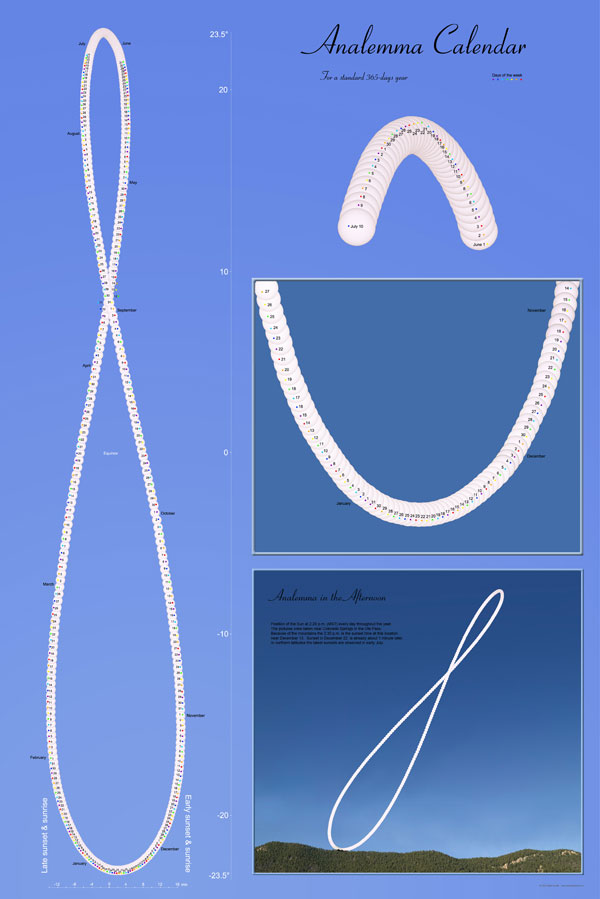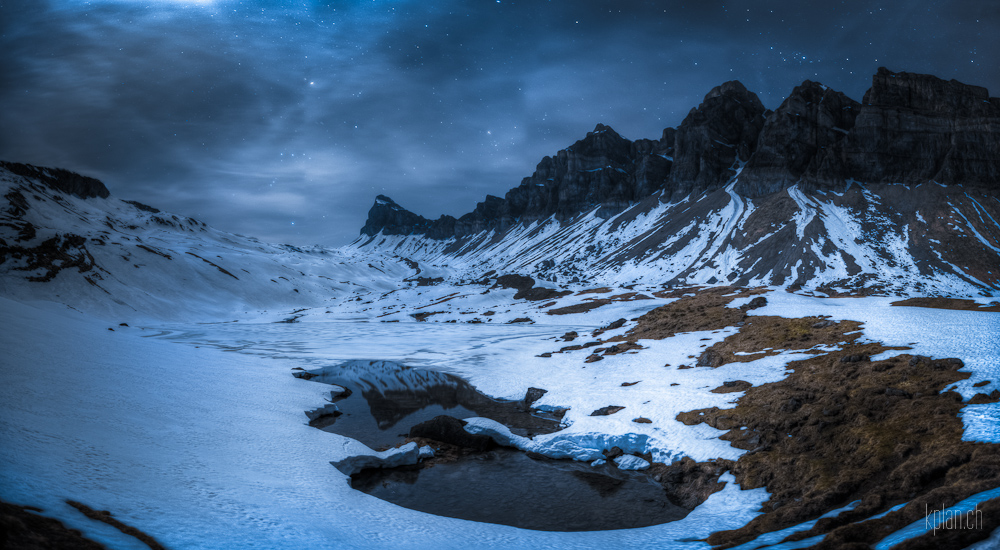Adam, I completely love your image of NGC 2992 and 2993! These are a pair of utterly fraternal twins! Colorwise, they could barely be more unlike. NGC 2993, as can be seen from your picture, is a massively starforming galaxy sparkling with blue and pink hues. NGC 2992, on the other hand, is a mostly yellow galaxy with no obvious emission nebulae. The color data for the two galaxies are appropriately different: B-V is 0.470 for NGC 2993, but it could be as low as 0.270. For NGC 2992, however, it is 0.960. That's a huge difference when it comes to galaxies. The U-B index is 0.400 for the red galaxy, NGC 2992, although it could be as low as 0.219. But that's nothing compared with NGC 2993, whose U-B is somewhere between -0.390 and -0.595! That's incredibly ultraviolet, and Adam, you make it show!
Interestingly, however, NGC 2992 is quite dusty, and its far infrared magnitude is a little more than two magnitudes brighter than its blue magnitude. This kind of relationship is common for starforming galaxies, although the dust that remains when a starburst has come to an end may produce a similar relationship between the blue and the far infrared magnitudes. Massively starforming NGC 2993 is almost two and a half magnitudes brighter in the far infrared than in blue light, and in this case it seems obvious that star formation has a lot to do with these colors.
Fascinating tidal formations are also visible in your image. NGC 2992 appears to have expelled so much gas in one direction that star formation is occuring at the end of this tidal tail. Maybe that is a dwarf galaxy in the making?
Like I said, this is a splendid image, Adam!

Ann







